
When Brenda Ann Kenneally started working as a photographer in Miami in the late 1980s, it was a very different place: there was no sign of the now famous murals in the old warehouse district of Wynwood, rents were easier on the pocket and much of the now-booming Design District was lined with semi-abandoned buildings.
It was there that she got her start photographing Florida locals on the streets and in their homes. Over a seven-year period, she produced striking, even challenging, shots that spoke of the city’s economic and racial divisions. And while the pictures, she says, may not have been her most technically proficient, they captured the “soul” of the place. Later, Kenneally moved to Bushwick, New York and began photographing on the streets there too. It would be these images that would bring her to national attention for chronicling life before societal shifts gripped parts of the New York neighborhood.
On a return trip to the Sunshine State, though, she soon discovered that pretty much the same thing was happening to her old stomping ground. The dreaded “g-word,” as she calls it, gentrification, had taken over Miami. And today, she feels her old work has become ever more relevant.
“The change is huge. I actually wound up having a photo show of my pictures from Bushwick in one of the warehouses I used to live in,” Kenneally says. “It had been turned into a gallery. The area [I lived in] is now called Midtown and there’s a PetSmart.”
Miami has been undoubtedly transformed by the presence of Art Basel, the annual art fair held in the city since 2002. Indeed, the festival’s effect on the city is often likened to the economic transformation of Bilbao, Spain spurred by the opening of the Guggenheim Bilbao.
Now, Kenneally — working with Giselle Devera, a former owner of Gallery I/D, and production assistant Sean MacDonald — has produced the installation Vintage Miami Photographs, 1939-2003. The aim? To remind locals what Miami used to be like and to let visitors see the history of the streets they walk down. To achieve this, she spent months collecting photographs of the city spanning the years 1930 to 2003 — often featuring locals in areas such as Overtown and Downtown Miami — and she will now project them onto the sides of buildings at the Grub Stake Good Works Thrift store, the Lotus House Shelter and the Downtown Art House during the four-day long festival.
“I thought it would be a statement without beating people over the head,” she says. “It’s undeniable that as these neighborhoods change some of the people don’t fit and they disappear. You know how they say ‘when you photograph someone you take a piece of their soul?’ [In a sense] these souls are sort of in my care now. My mission is to say that the life that is on any street at any time is vital.”
“It’s always good to know who walked on the ground before we got here,” Kenneally adds. “I want to document the souls [that] these neighborhoods were built upon. The history of them is really important.”
Brenda Ann Kenneally is a photographer based in New York.
Richard Conway is reporter/producer for TIME LightBox.
Paul Moakley, who edited this photo essay, is TIME’s Deputy Director of Photography and Visual Enterprise.


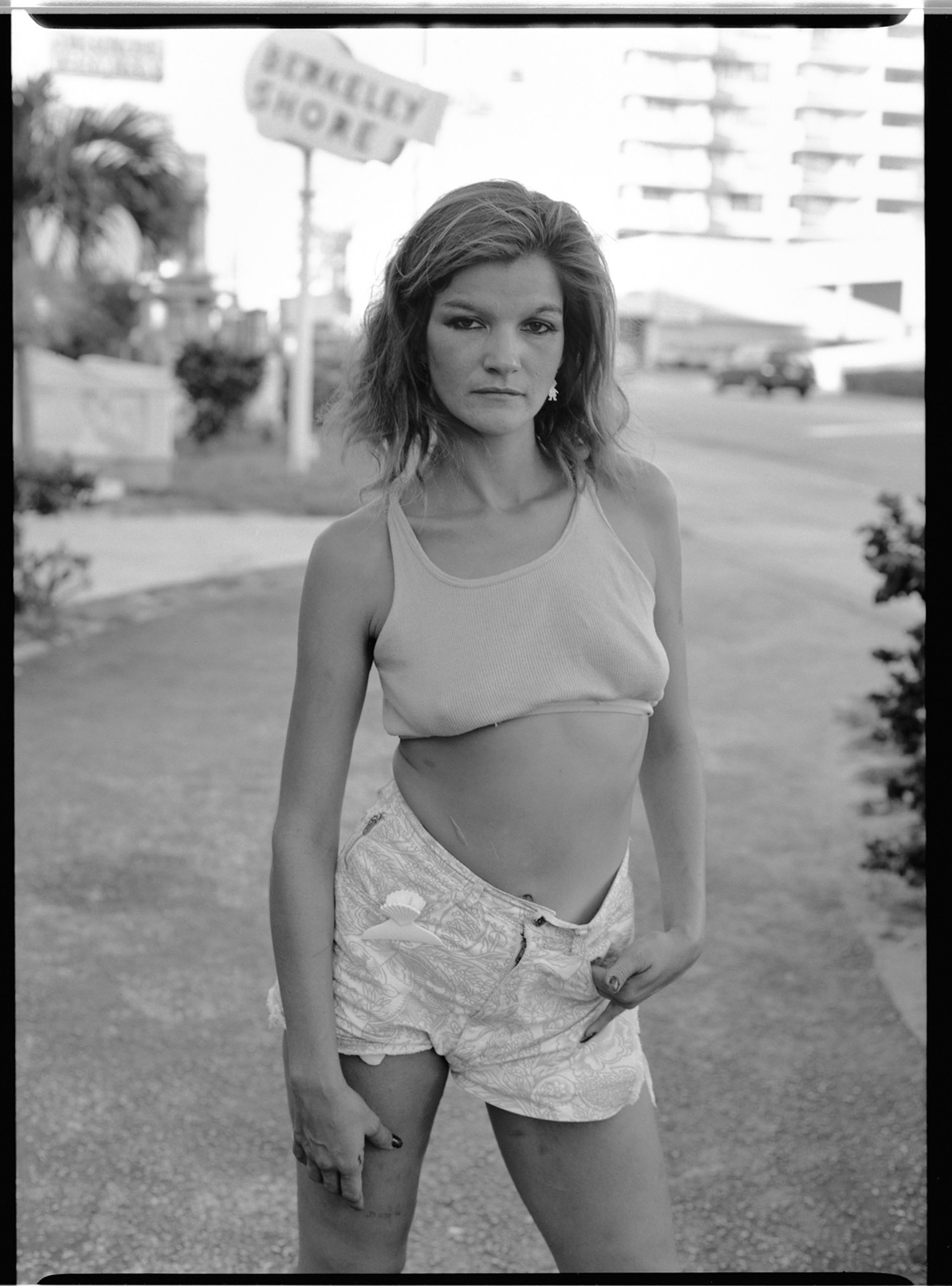

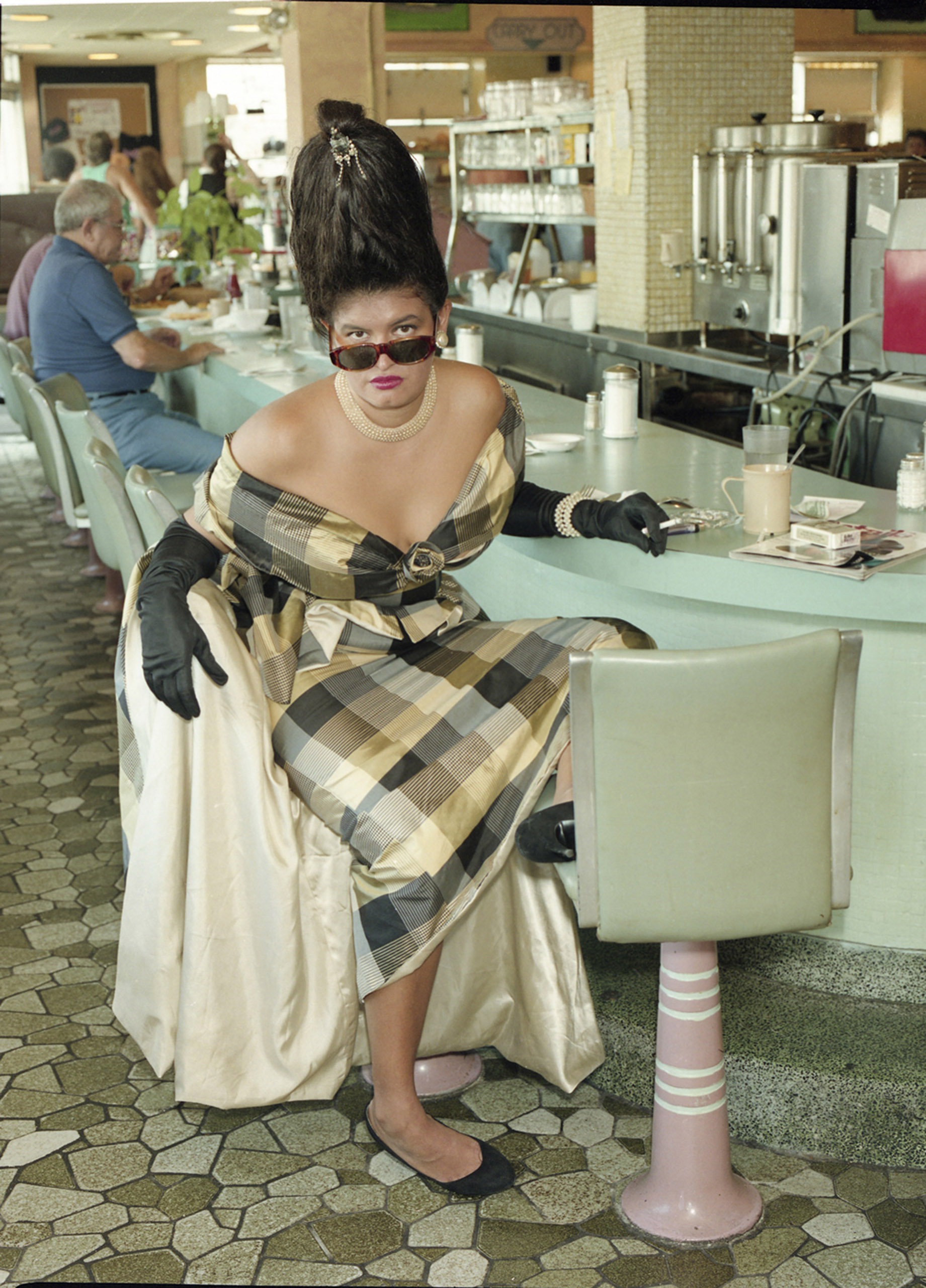
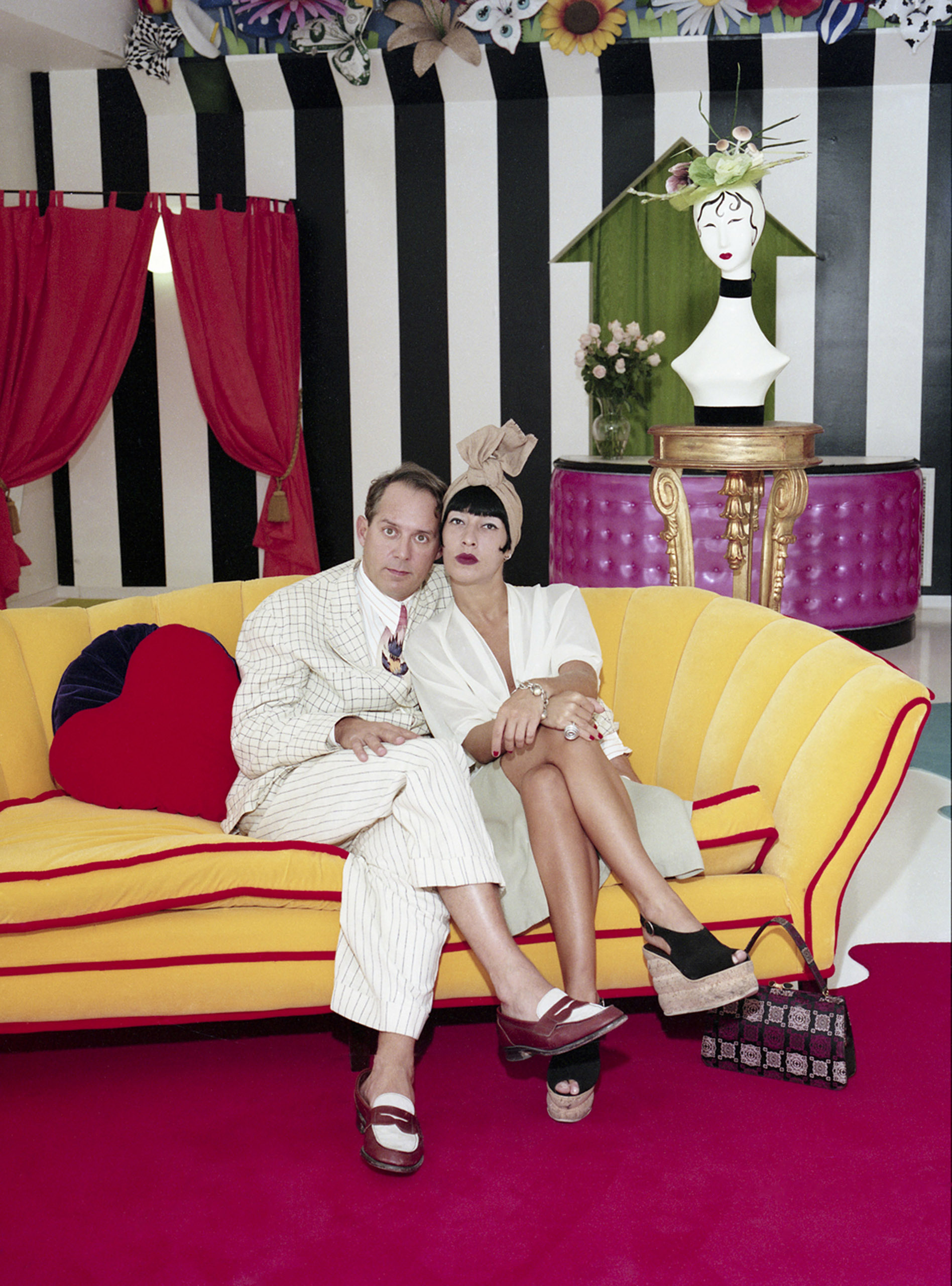
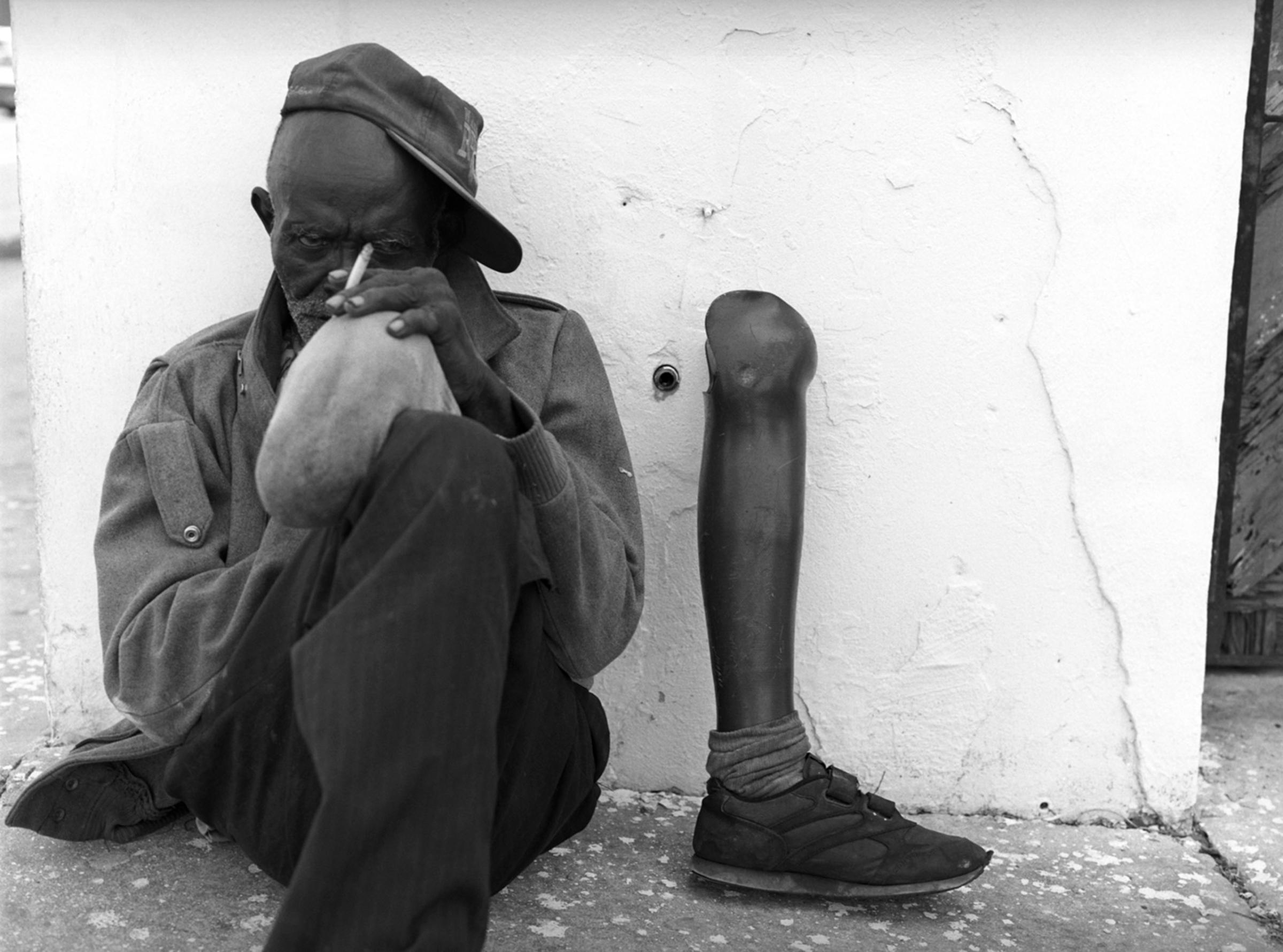
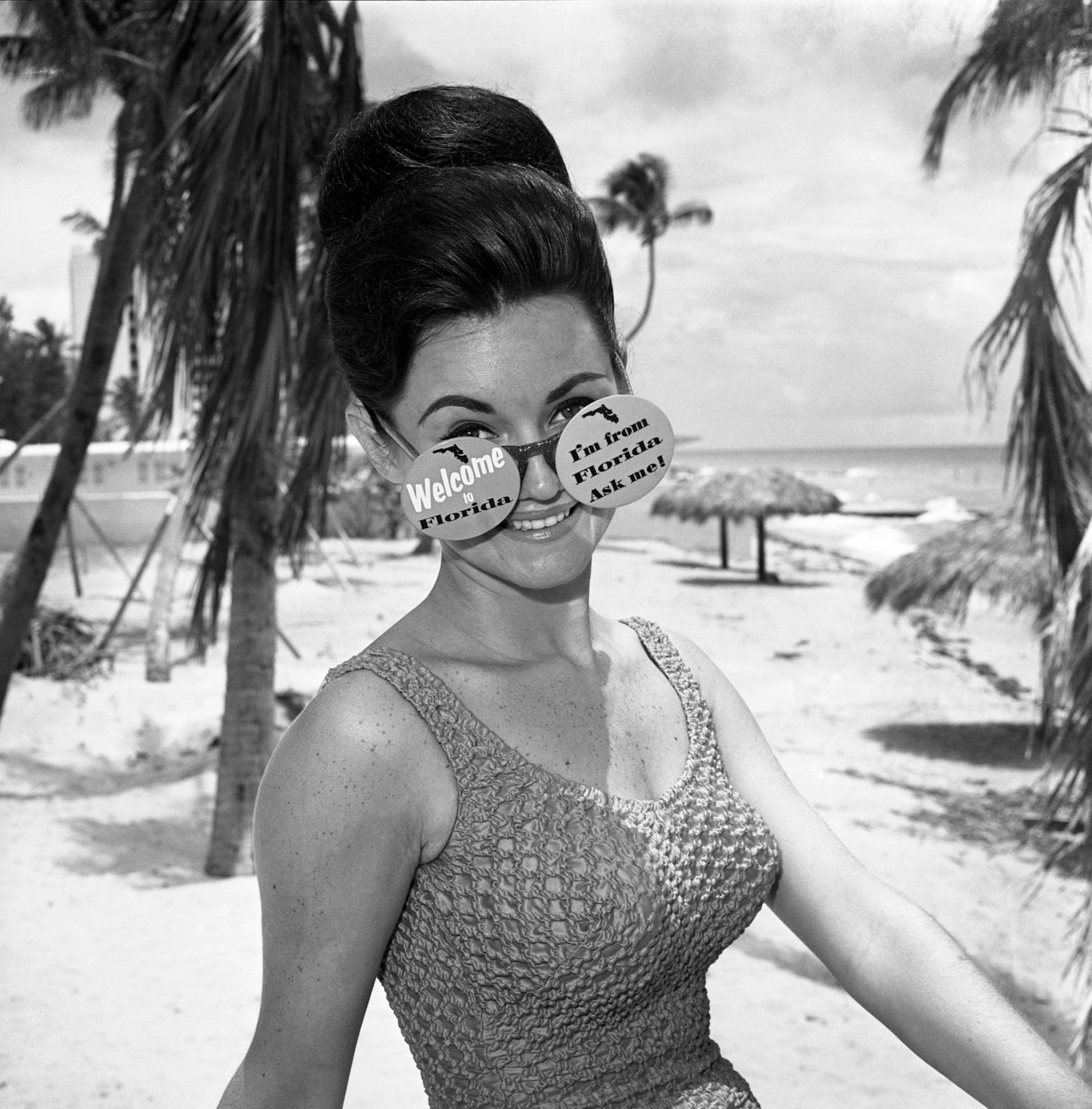
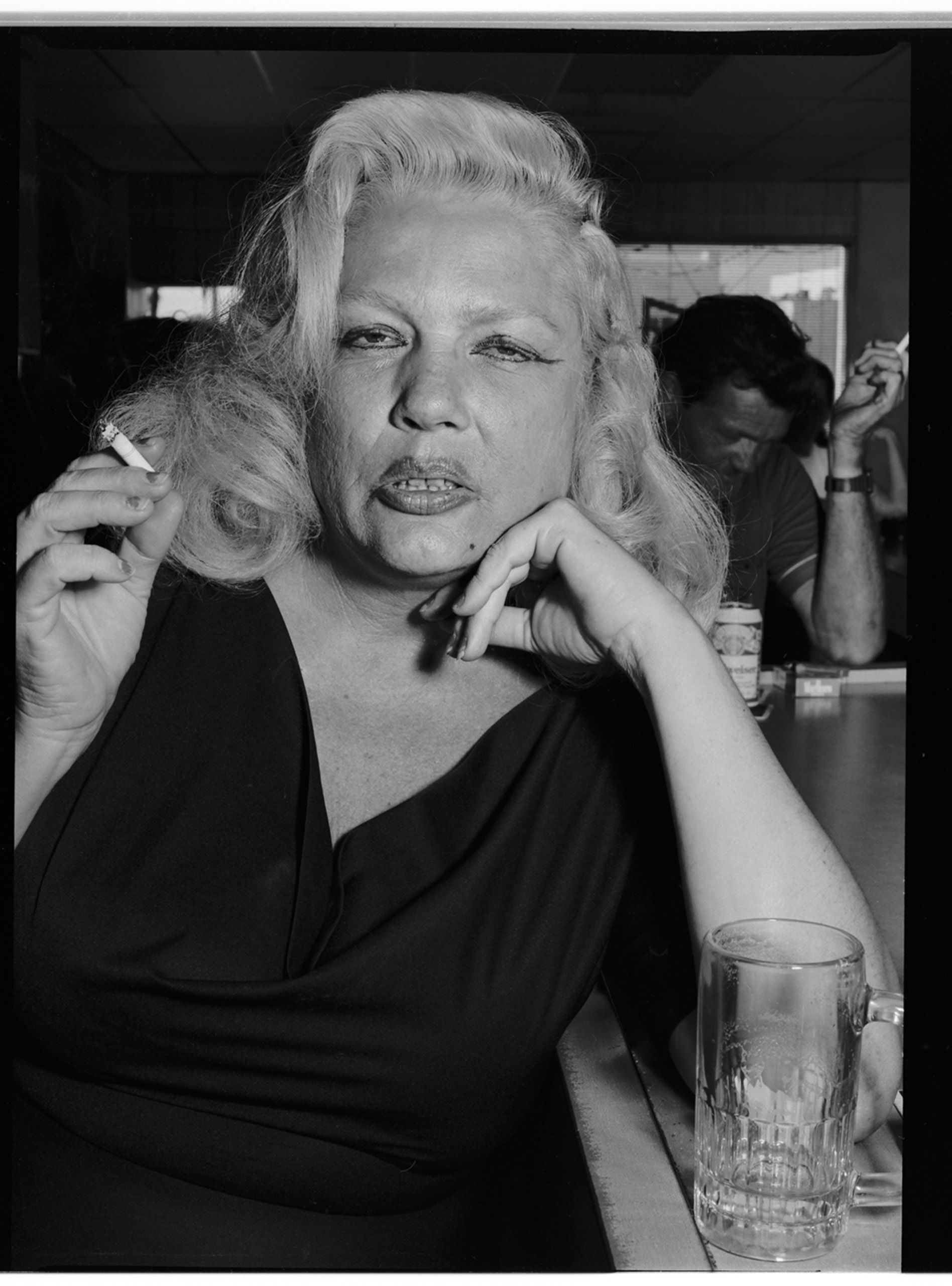


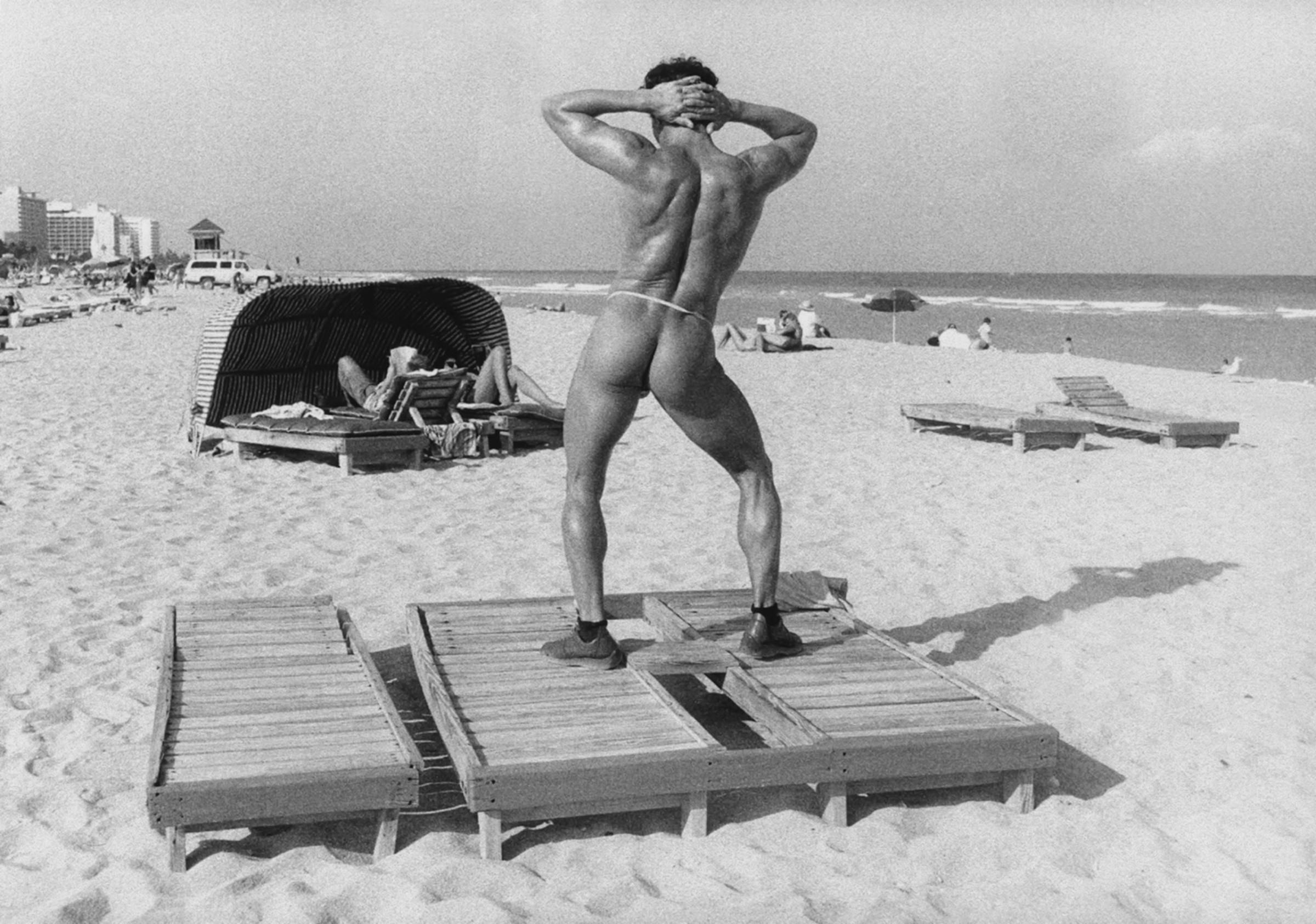
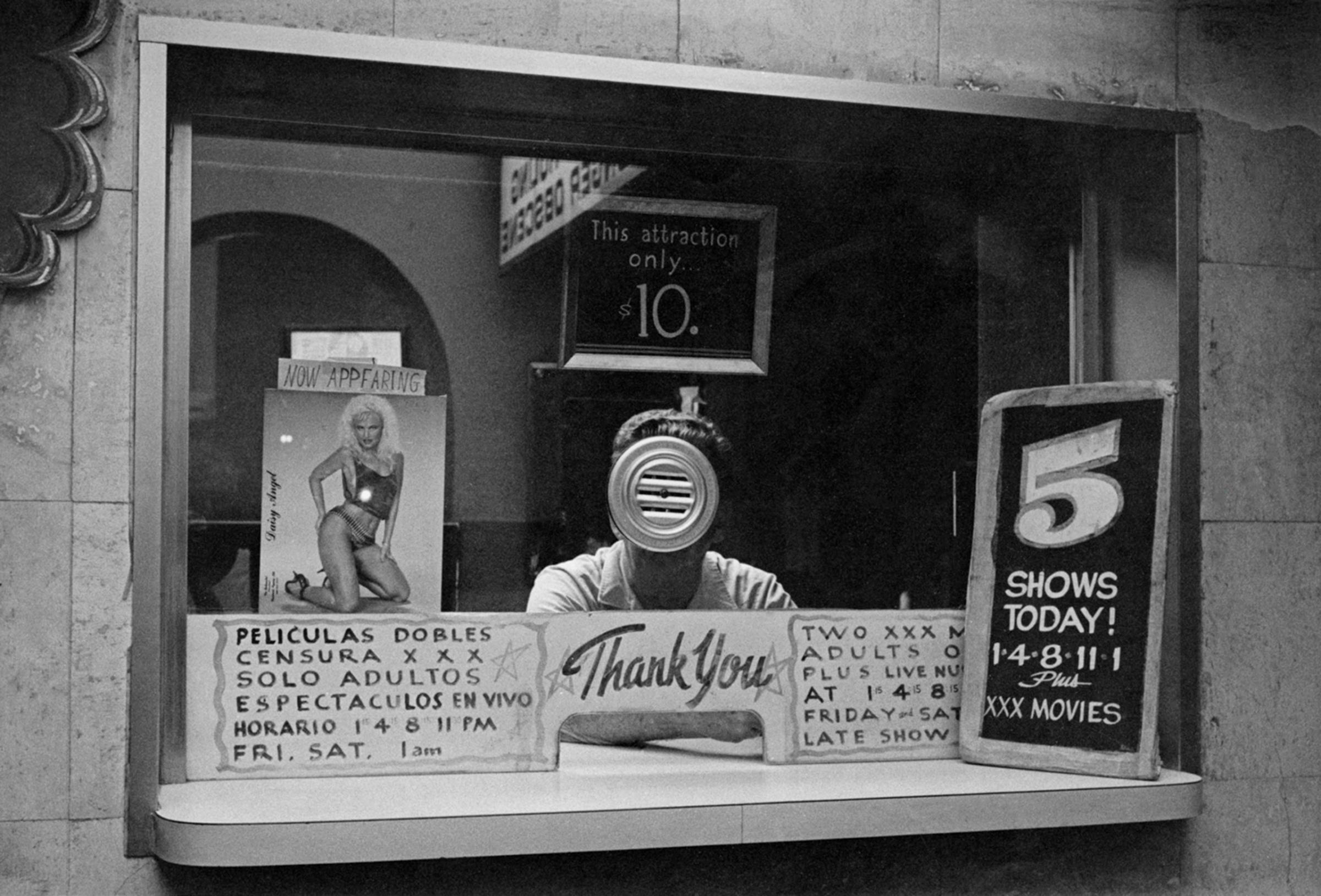


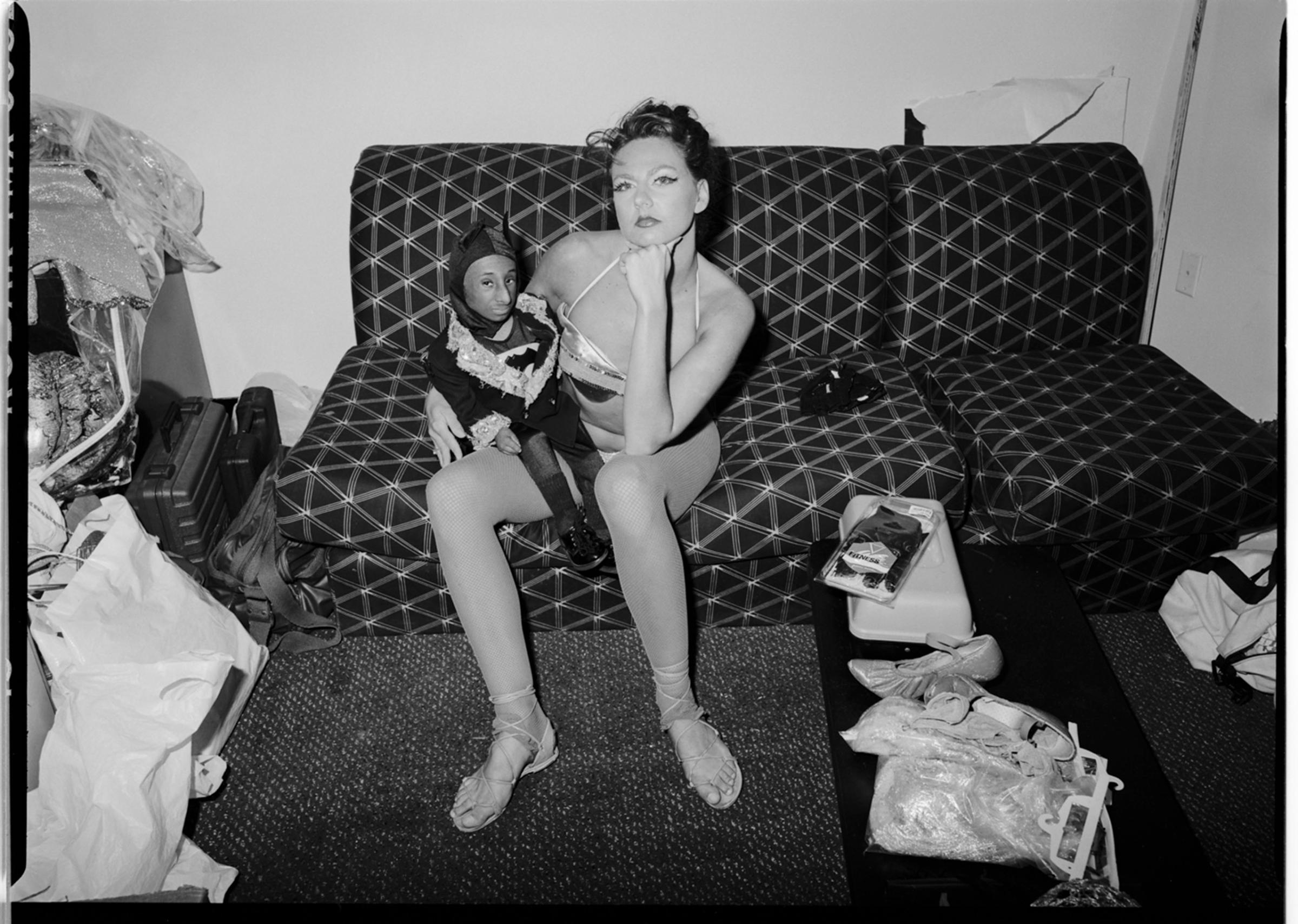

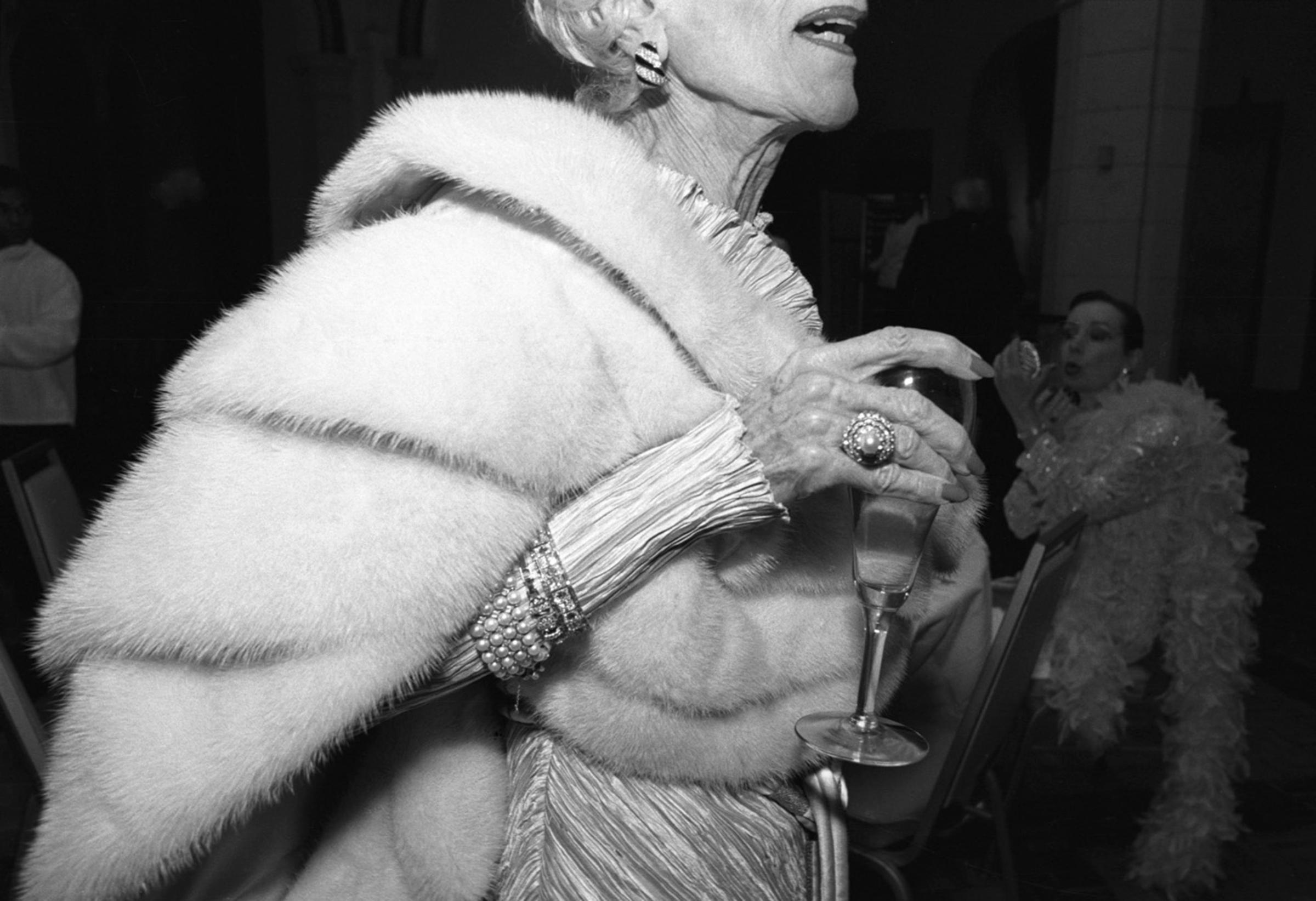
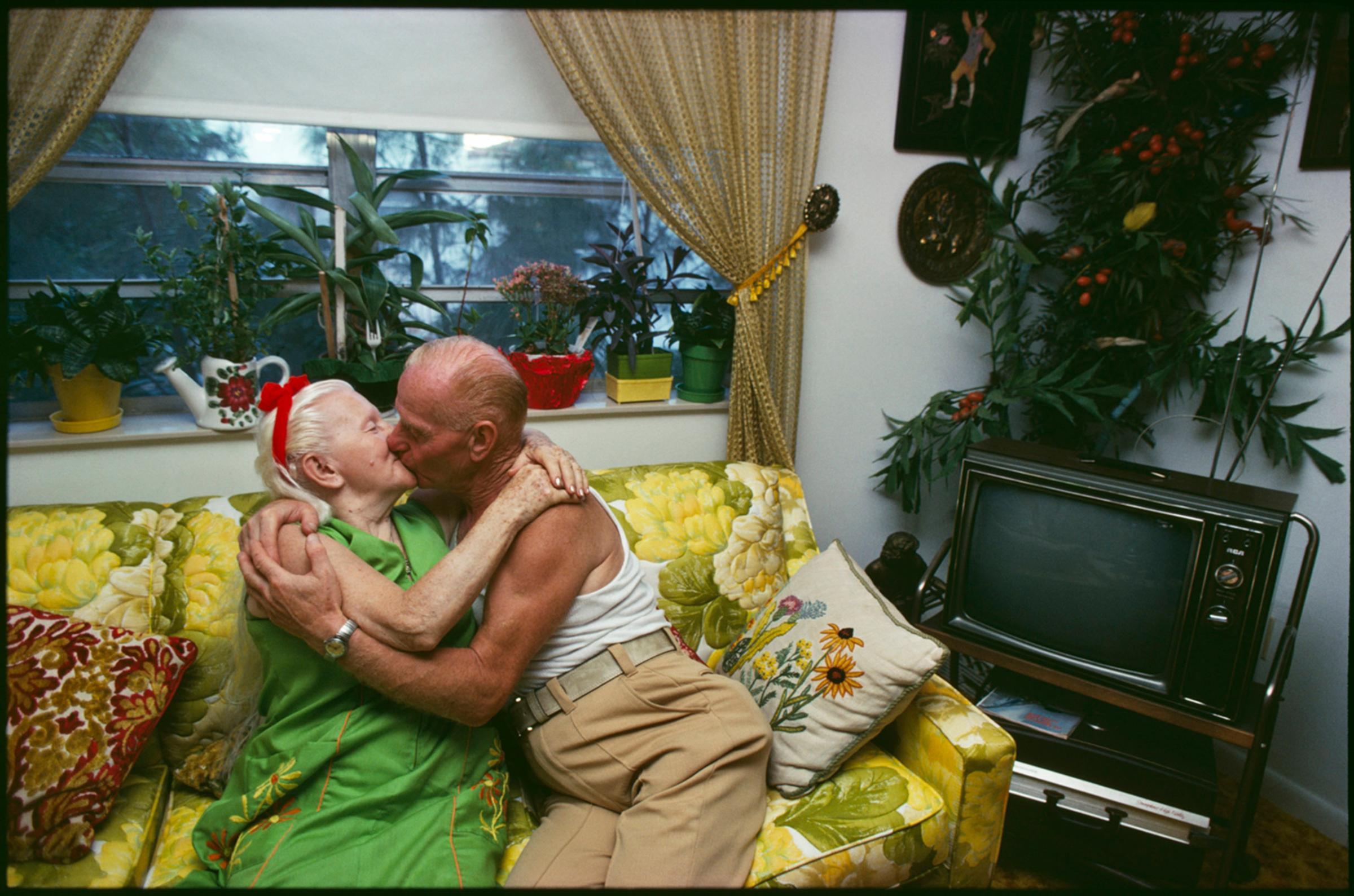

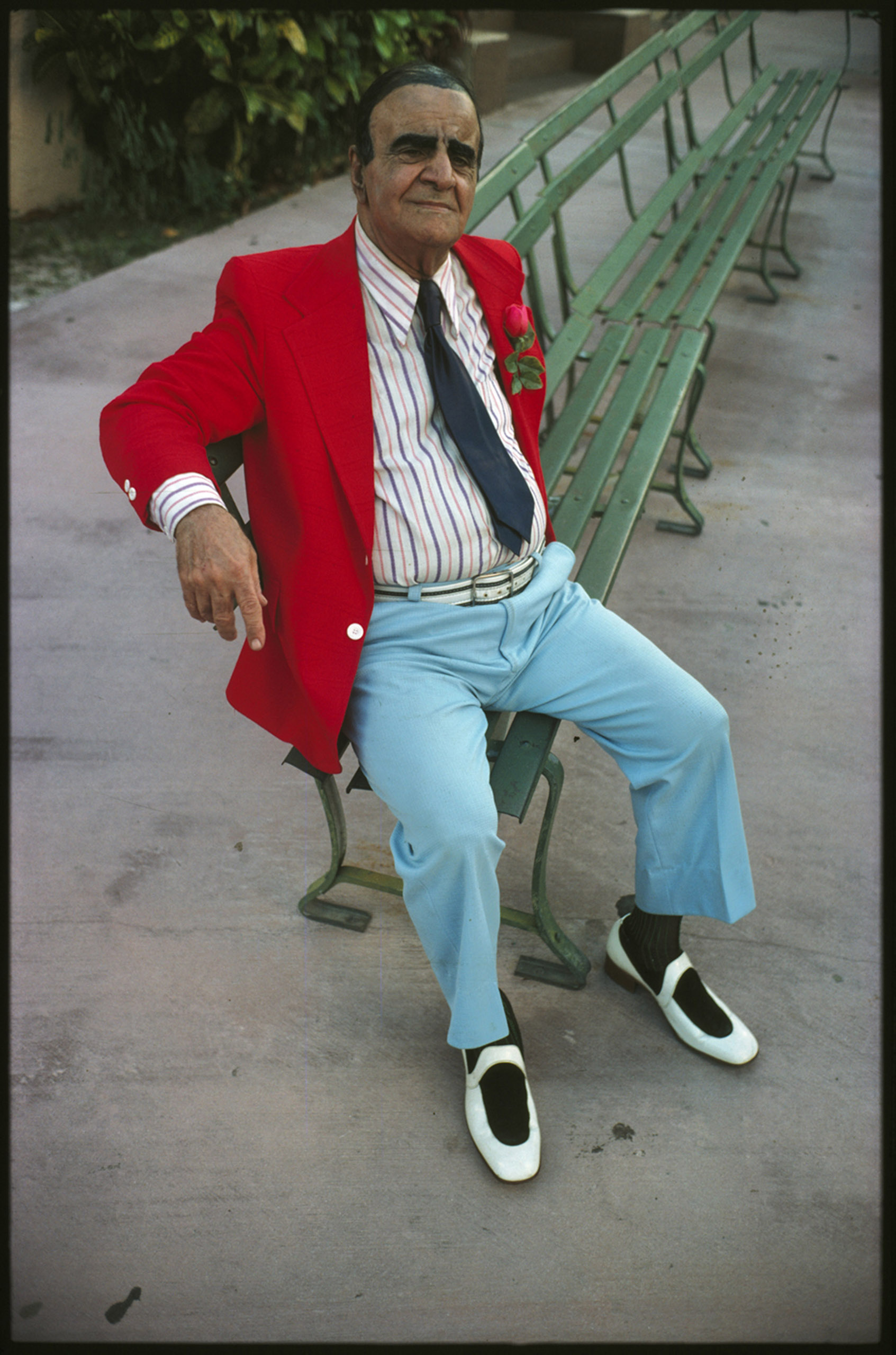

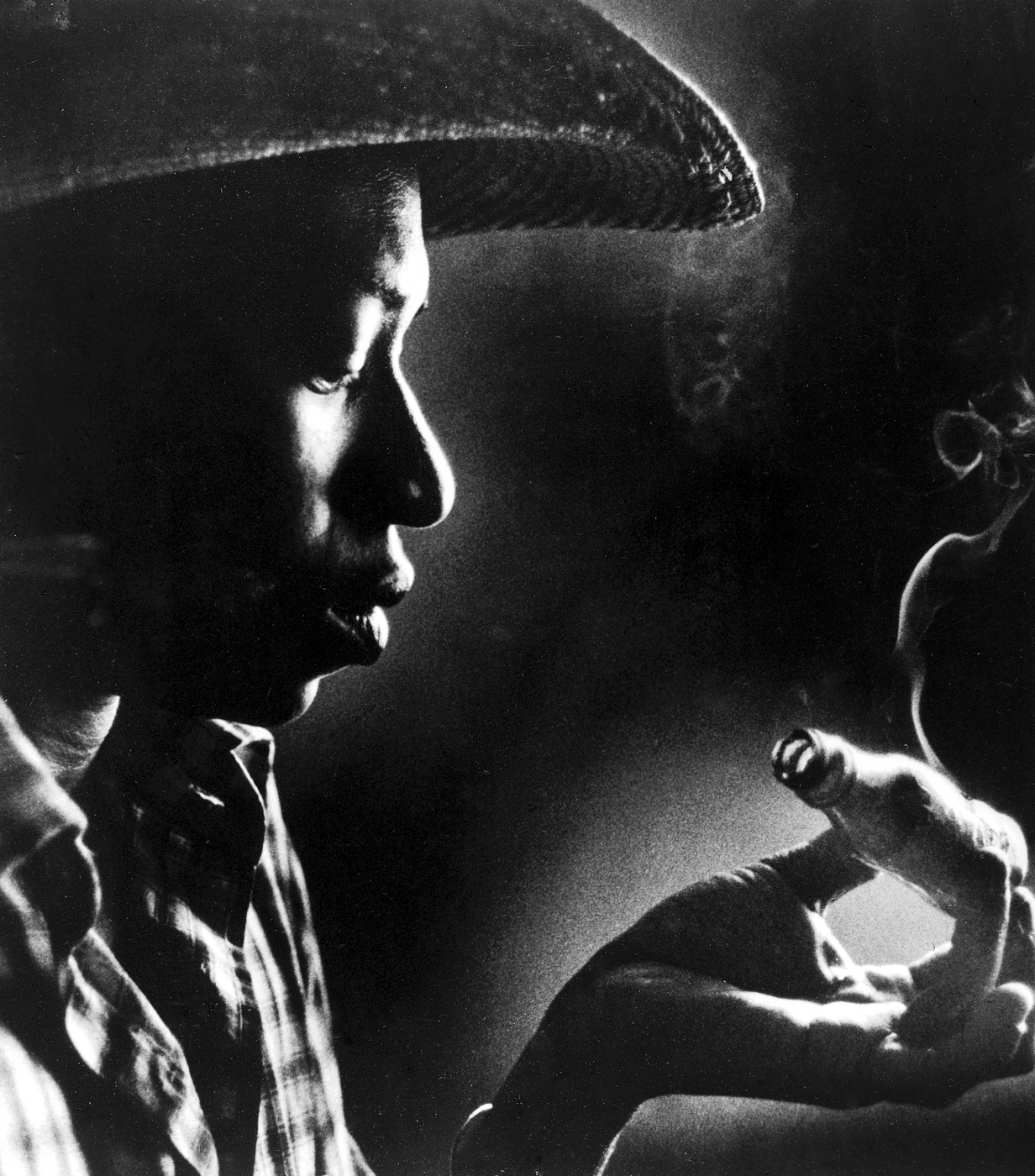
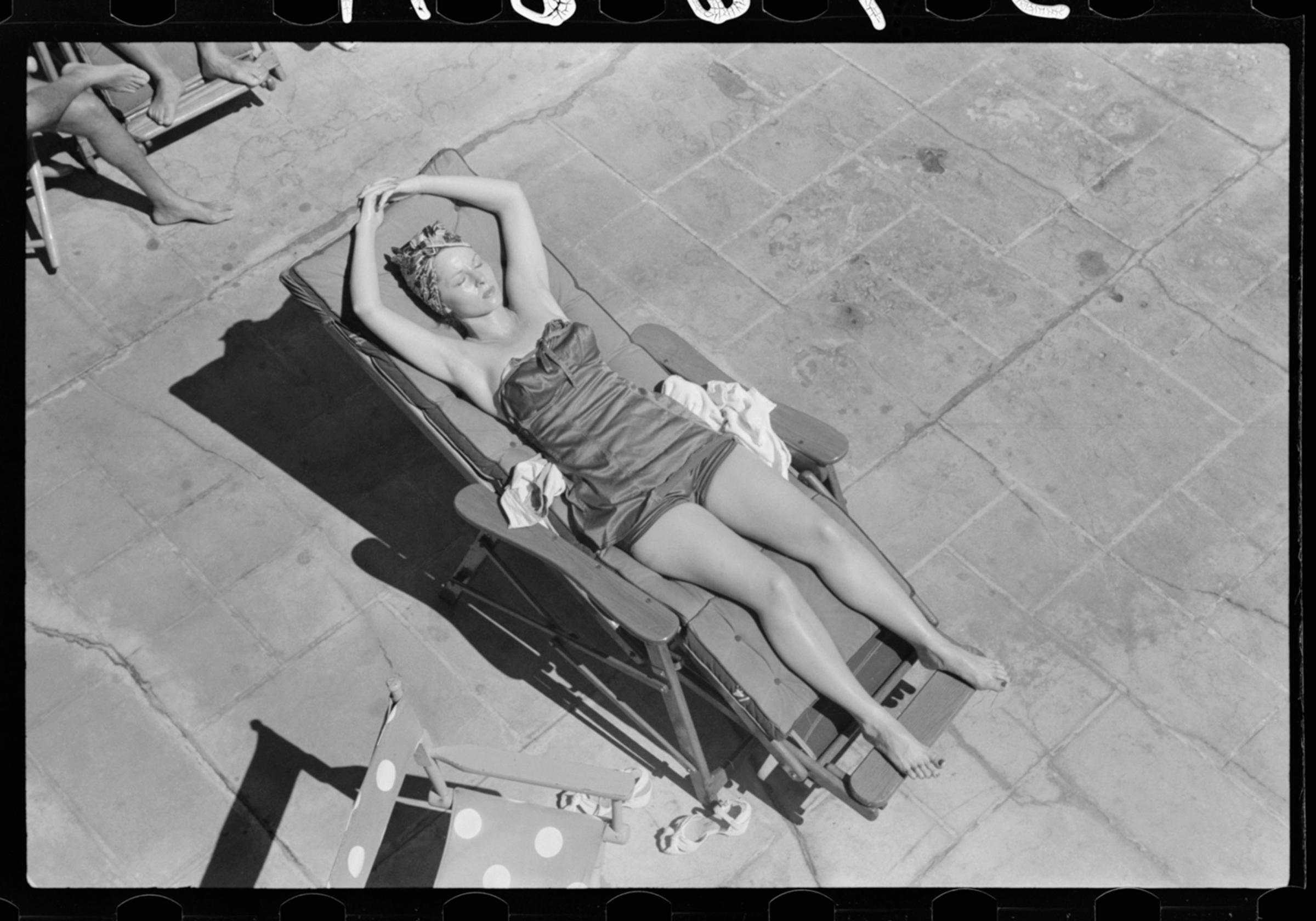
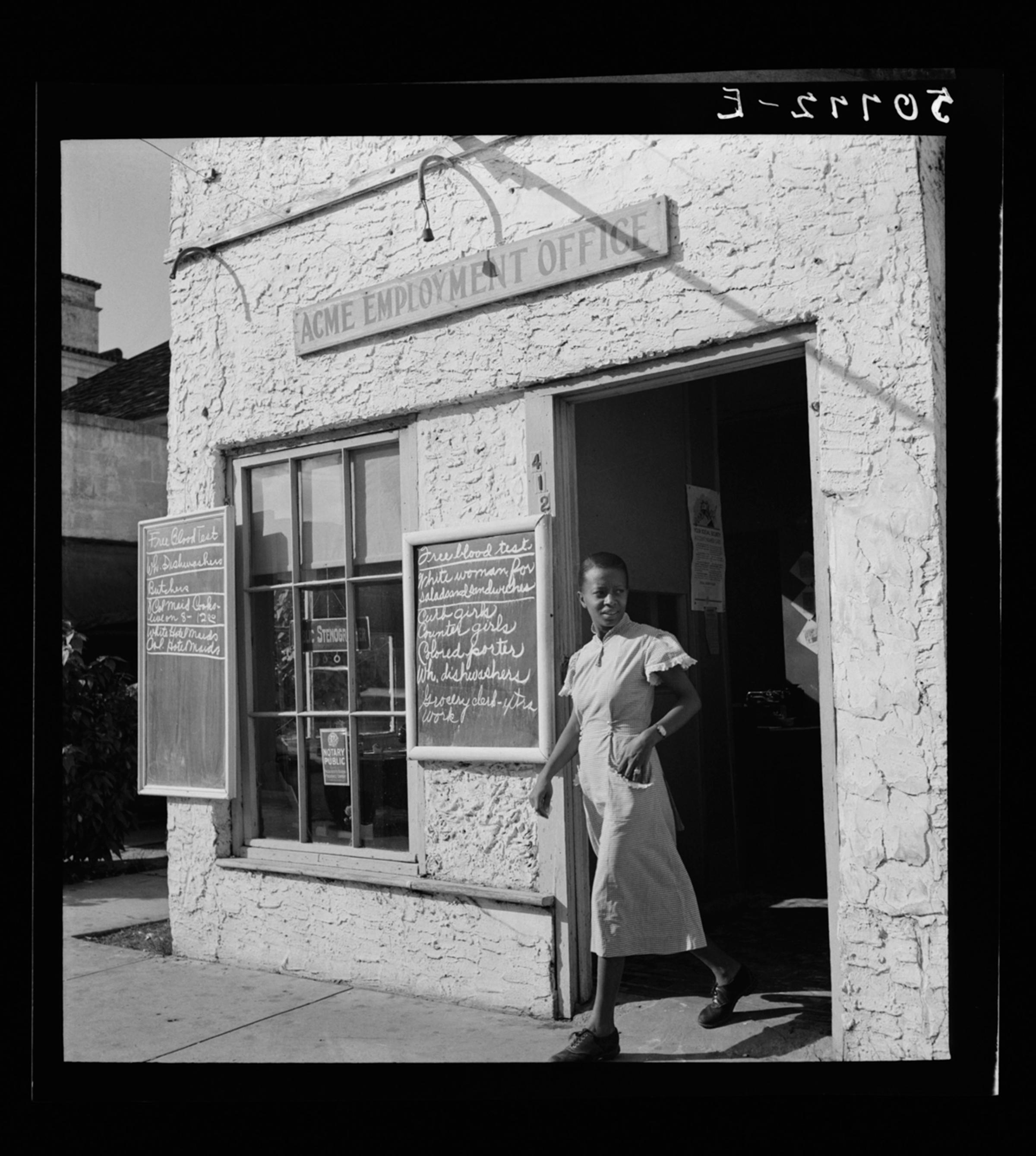


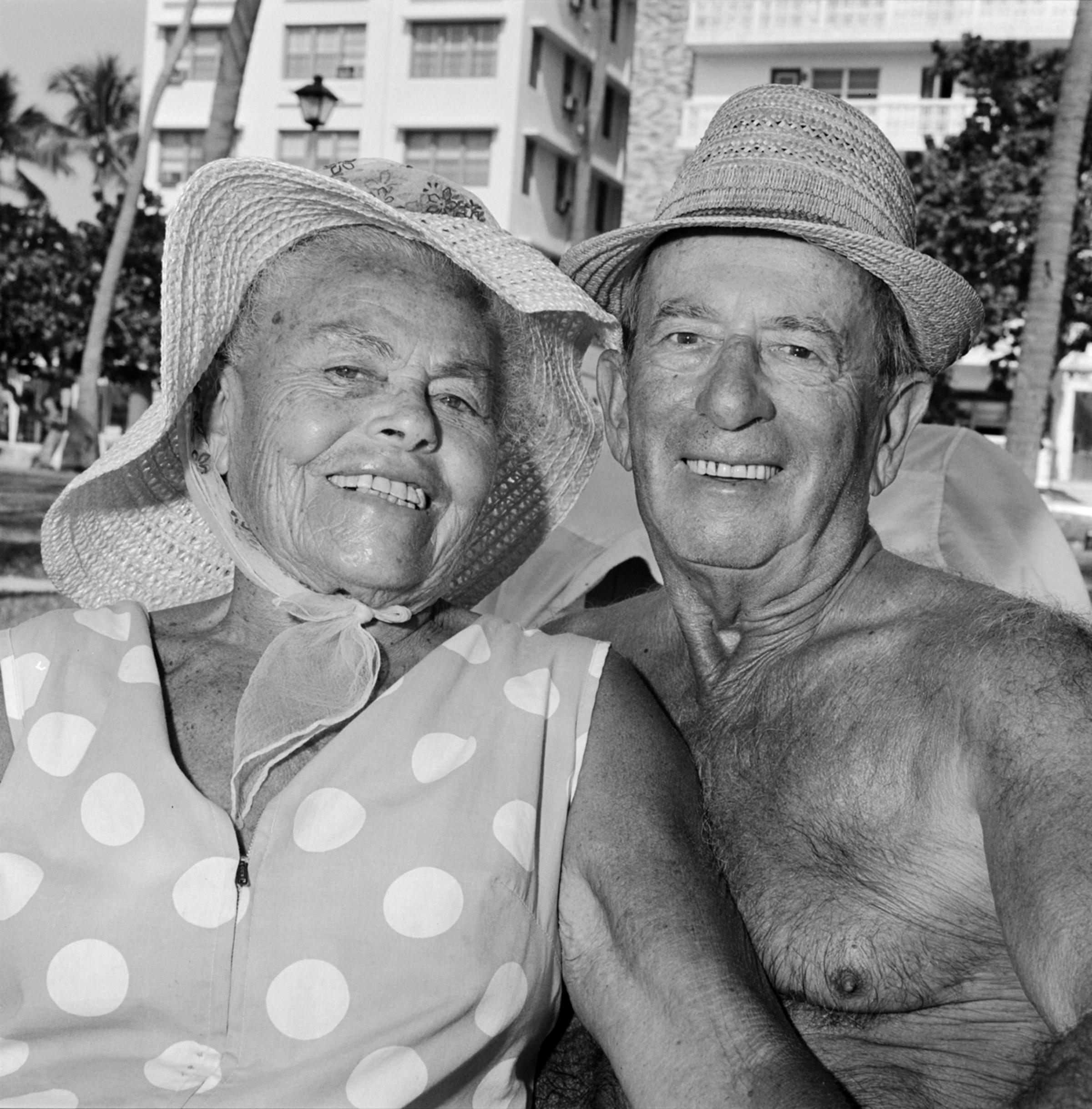

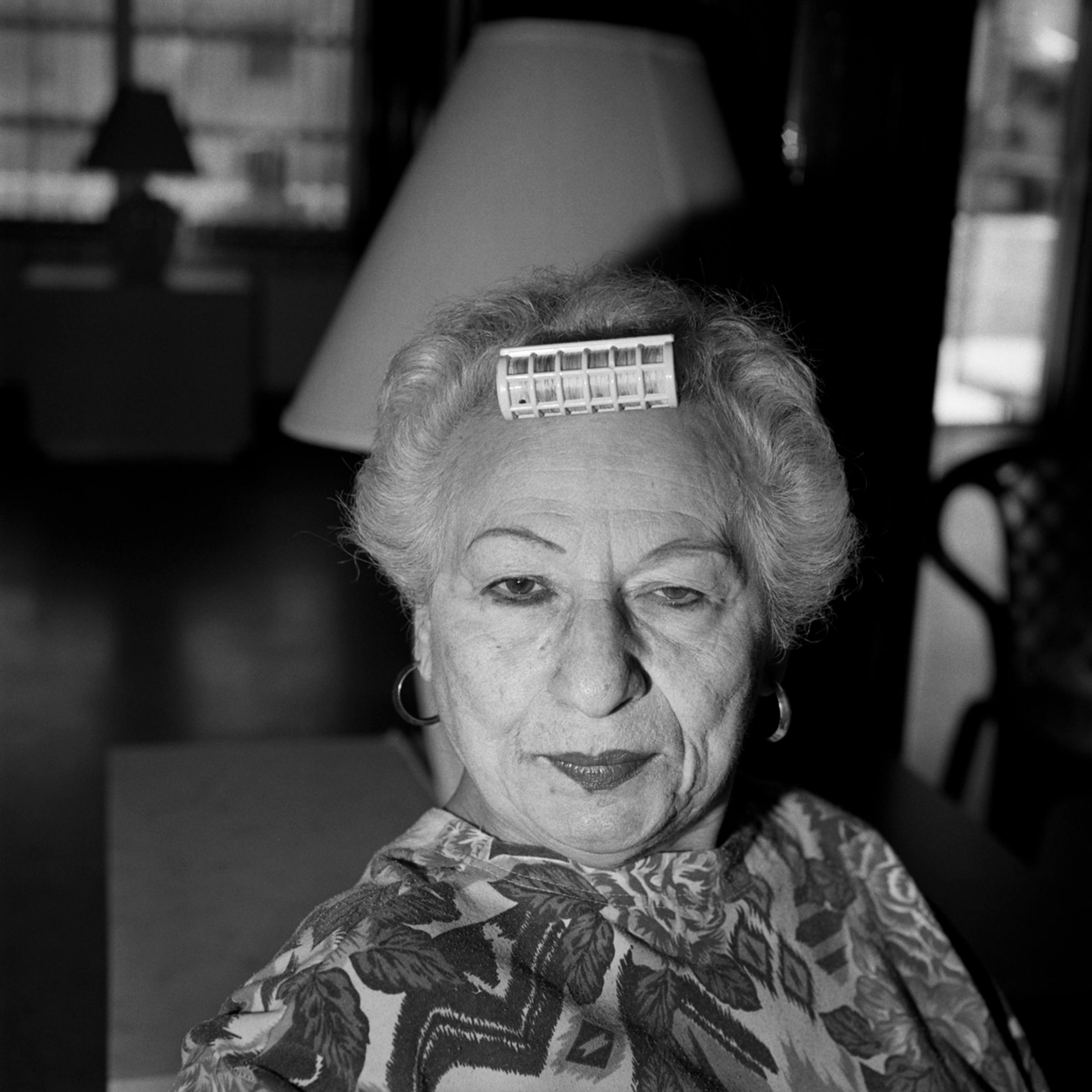
More Must-Reads from TIME
- Inside Elon Musk’s War on Washington
- Meet the 2025 Women of the Year
- Why Do More Young Adults Have Cancer?
- Colman Domingo Leads With Radical Love
- 11 New Books to Read in Februar
- How to Get Better at Doing Things Alone
- Cecily Strong on Goober the Clown
- Column: The Rise of America’s Broligarchy
Contact us at letters@time.com